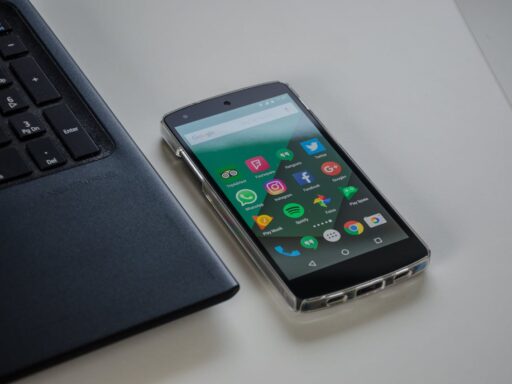In the software procurement market, the terms Source-to-Pay (S2P) and Procure-to-Pay (P2P) are frequently interchanged. The distinction between the two is that S2P incorporates strategic sourcing into the P2P process. S2P is a full-service procurement method that entails locating, negotiating, contracting, and paying vendors.
Big data, market trend research, historic cost, operational processes, invest management, distributor management, billing management, and more are all included in these tools:
Let’s learn what are the main differences between source-to-pay vs procure-to-pay?
New phrases develop as procurement systems and processes become more technologically advanced.
Source-to-pay (S2P), which has its origins in procure-to-pay, is one such phrase. Understanding them is one of the responsibilities of a sourcing expert on a procurement team.
What is Source-to-Pay?
s2p platform is defined by the Chartered Institute of Procurement and Supply (CIPS) as:
A better version of expenditure management than P2P because it includes sourcing options.
Simply expressed, one of the most differentiating elements of the source-to-pay method is the introduction of an additional layer – strategic sourcing – which is not frequent in the procure-to-pay process.
Procurement teams may design an expenditure management system that is even more refined and linked thanks to this special component of the source-to-pay process.
The source-to-pay process aims to increase production efficiency, improve vendor-buyer relationships, and consolidate internal control systems, among other things.
Now, come towards the procure-to-pay process.
What is Procure-to-Pay?
Using CIPS’ definition as a guide, we can see that procure-to-pay, also known as purchase-to-pay, is:
The process from purchase demand to payment and accounting for purchases.
The P2P procedure, we’re told, is an end-to-end operation that starts with requesting products and operations and concludes with account settlement.
The main goals of the purchase-to-pay procedure are to add value and save money.
This is accomplished in part by using e-procurement tools to automate these operations.
The procure-to-pay process has been mostly driven by financial accountability to verify that spend is pre-approved. The corporation is purchasing for products that are really delivered and the right business is paid the correct amount in the appropriate time period.
Many corporate firms have digitized this process and are reaping the automation and optimization advantages as a result of the growth of purchasing to pay and payment automation solutions. Smaller businesses have now been able to use this technique as corporations provide automating on a pay-as-you-go basis.
Also read: Trending Business Ideas To Look For
Differences Between S2P and P2P
Due to the many resemblances between procure-to-pay and source-to-pay, many people find it hard to recognize the distinctions that serve to separate the various processes. We’ll look at these distinguishing characteristics further on.
1. The Initial Step
The first step of each procedure is probably the most significant difference between procure-to-pay and source-to-pay processes.
The procure-to-pay process starts with a request for specific raw resources, products, or operations, but the source-to-pay process starts far sooner with a hunt for new suppliers.
This proceeds to the next noticeable difference.
2. The Key S2P Element
The source-to-pay method contains an inbuilt aspect of strategic sourcing that isn’t present in the purchase-to-pay process.
Strategic sourcing is a broad element of S2P that entails discovering the perfect vendors, assessing them, and then contracting with them.
3. The Aims of Each Process
The final distinction between procure-to-pay and source-to-pay is their goals.
Procure-to-pay systems are suitable for acquiring goods and services from suppliers that are already certified and connected with the company.
These vendors are typically already familiar with the company’s structure and specialized procurement requirements.
Businesses use the source-to-pay method when they require new suppliers who can provide lower rates for products and services, better conditions, or even new goods that their current vendors can’t provide.
The S2P technique is especially good at accomplishing these goals.
Also read: Things Businesses Must Do When Moving to SaaS
Conclusion:
Both P2P and S2P operations are required to adequately integrate a supply chain. They offer a high degree of procurement operation efficiency when used.
These attempts are helped even more by integrating the appropriate technologies into your ERP.






